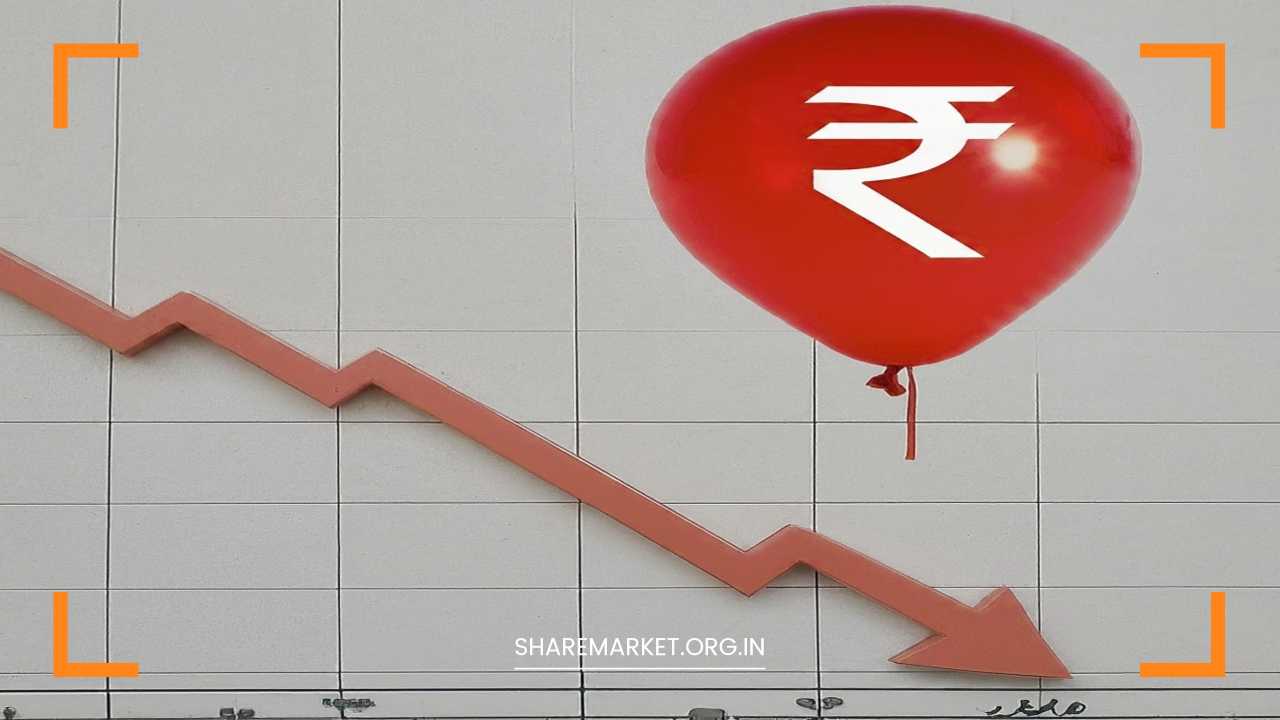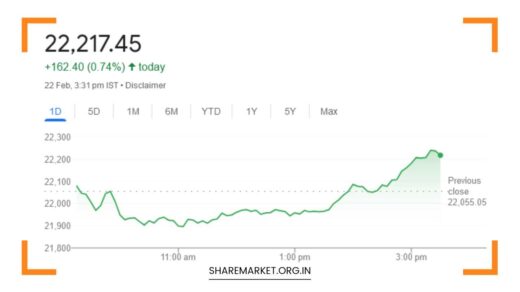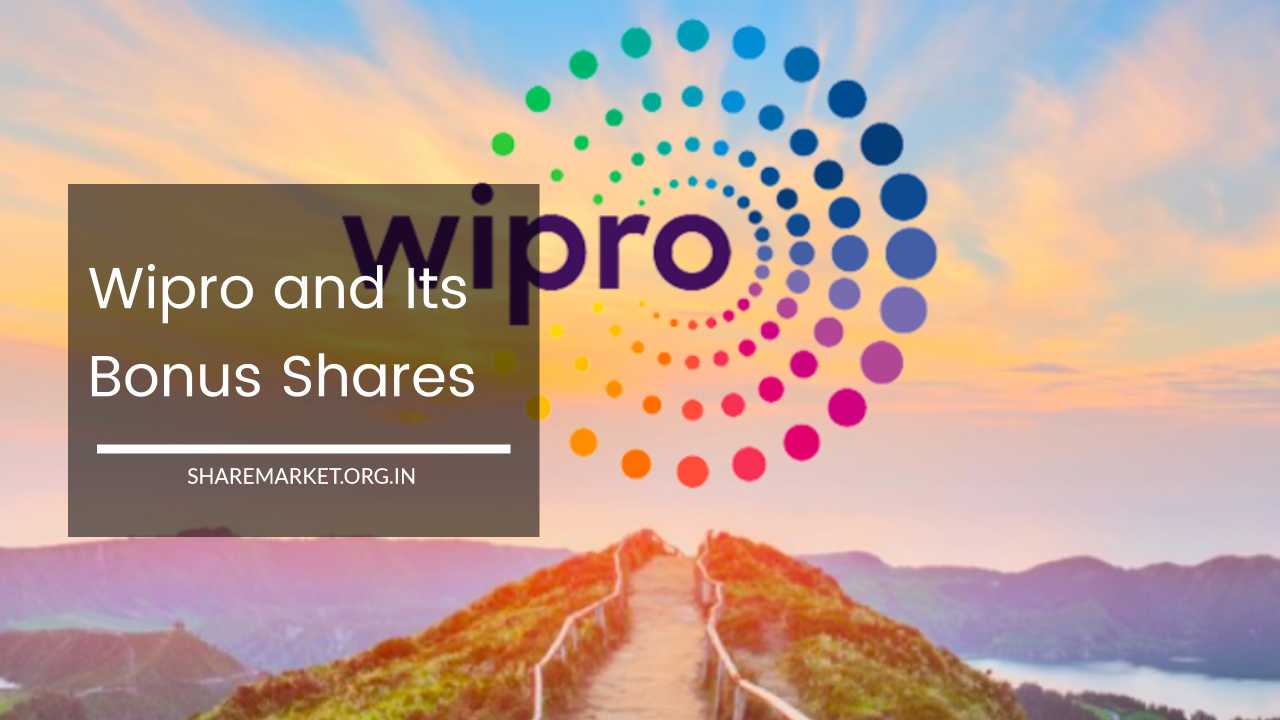Kotak Warns: Market Cap of These Stocks (Including Eicher & BHEL) Doesn’t Reflect Profits

Overvalued Stock
Kotak Raises Red Flag: Popular Stocks Like Eicher, BHEL May Be Overvalued
Market Cap Disconnect: Profits Don’t Match High Stock Prices, Warns Kotak Institutional Equities
In a recent report, Kotak Institutional Equities (KIE) has sent a ripple through the investor community by highlighting a potential mismatch between the market capitalization (market cap) of certain popular stocks and their underlying profitability.
The brokerage firm suggests that some stocks are currently experiencing a bubble, trading at excessively high valuations despite facing pressure on their profit margins.
This raises concerns about a potential correction in the future, where stock prices could plummet to better reflect a company’s true financial health.
Understanding the Disconnect: Market Cap vs. Profitability
For new investors, understanding the core concepts behind market cap and profitability is crucial. Market capitalization refers to the total market value of a company’s outstanding shares.
It’s calculated by multiplying the current share price by the number of outstanding shares. Essentially, it reflects the collective opinion of investors about a company’s worth.
On the other hand, profitability reflects a company’s ability to generate earnings. This is typically measured by metrics like net profit margin, which shows the percentage of revenue remaining after accounting for all expenses.
Ideally, a company’s market cap should reflect its future earnings potential. However, KIE’s report suggests a discrepancy between the two metrics for some stocks, indicating that investor sentiment might be overly optimistic.
Case Study: BHEL – High Market Cap, Uncertain Profits
KIE uses Bharat Heavy Electricals Limited (BHEL) as a prime example of this disconnect. The surge in BHEL’s share price has resulted in a significant increase in its market cap by Rs 77,800 crore over the past year.
This figure is staggering when compared to the entire projected profit range of Rs 32,000 crore to Rs 64,000 crore for the thermal power generation industry, assuming it achieves its ambitious target of installing 80 GW of new thermal capacity by FY 2032.
However, the picture becomes even more concerning when considering the net present value (NPV) of these profits. NPV refers to the present-day value of a series of future cash flows.
In simpler terms, it helps us understand the true worth of future earnings considering the time value of money.
Here’s why it’s important in BHEL’s case. BHEL’s current market cap implies that the company would need to execute an unrealistic number of thermal power orders (around 25 GW annually) for an indefinite period to justify its valuation. This scenario assumes consistent profitability, which might not be guaranteed.
KIE further emphasizes this point by highlighting that BHEL’s current market cap of Rs 1.10 lakh crore translates to an annual requirement of selling 20-30 GW of boiler-turbine-generator (BTG) units indefinitely.
This would necessitate a consistent annual thermal capacity installation of 10-15 GW with a thin net profit margin of just 5%.
This scenario is highly unlikely, considering the potential shift towards renewable energy sources and the decreasing demand for thermal power plants.
Cochin Shipyard: Growth Spurt, But Can It Sustain?
KIE also raises concerns about the recent meteoric rise in the market capitalization of Cochin Shipyard Limited (CSL).
The brokerage points out that CSL’s market cap has grown by a staggering Rs 67,300 crore in the last year and a further Rs 51,700 crore in the last three months alone. While this growth might seem impressive, KIE argues that it seems to be based on overly optimistic assumptions.
The growth appears to be fueled by projections of a new aircraft carrier costing Rs 40,000-50,000 crore and a net profit margin of 12-18%.
However, KIE argues that CSL’s ability to sustain this pace of value growth is questionable due to the extended construction and delivery times involved in shipbuilding projects.
These projects can take years to complete, and the final profit margin could be significantly lower than initial estimates due to unforeseen circumstances or delays.
The long lead times inherent in the industry can lead to a mismatch between current valuations and future profitability.
Two-Wheeler Giants: Eicher, Hero, TVS – A Collective Bubble?
KIE’s report further extends its cautionary message to the two-wheeler segment, specifically highlighting Eicher Motors Limited, Hero MotoCorp, and TVS Motors.
These three companies have witnessed a collective increase of Rs 1.8 lakh crore in their market cap since March 2023. This rapid growth might be fueled by investor enthusiasm surrounding the electric vehicle (EV) revolution.
However, according to KIE, for the combined market cap of these stocks to be justified, the Indian two-wheeler market would need to experience significant growth exceeding anything witnessed in recent history.
A Reality Check: The Stalled Two-Wheeler Market
KIE’s report throws cold water on the overly optimistic projections for the two-wheeler industry. The reality paints a different picture.
The Indian two-wheeler market, once a major growth engine of the economy, is yet to recover from the blows dealt by the pandemic and the subsequent economic slowdown.
The industry has not even reached its pre-pandemic FY19 levels, raising concerns about the sustainability of these companies’ current valuations.
Beyond Hype: Prioritizing Fundamentals for Long-Term Success
KIE’s report serves as a timely reminder for investors to prioritize fundamental analysis over market hype. While factors like electrification and defense themes might be driving investor sentiment, it’s crucial to assess a company’s underlying profitability, future growth prospects, and the overall health of the industry it operates in before making investment decisions.
Here are some key fundamental factors investors should consider:
- Financial health: Analyze the company’s financial statements, including revenue growth, profitability margins, debt levels, and cash flow generation.
- Competitive landscape: Understand the competitive landscape in which the company operates. Is the company a leader or follower? Are there any disruptive threats on the horizon?
- Management team: Evaluate the experience and track record of the company’s management team.
- Valuation: Compare the company’s market cap to its financial performance and growth prospects. Is the company fairly valued or potentially overvalued?
By adopting a more cautious approach and considering the long-term sustainability of a company’s growth story, investors can mitigate risk and make informed investment decisions.
This balanced approach can help navigate market volatility and position investors for success in the long run.
Final Remarks: A Call for Balanced Investing
KIE’s report is not a call to abandon all popular stocks. Instead, it’s a wake-up call for investors to be aware of the potential disconnect between market cap and underlying profitability.
By conducting thorough research and prioritizing fundamentals, investors can identify companies with strong growth potential and avoid getting caught in overvalued bubbles.
Remember, chasing short-term gains can be risky. A focus on long-term value creation through companies with sound fundamentals is a more sustainable approach to building wealth in the stock market.

















